Call for Abstract
Scientific Program
9th World Convention on Recycling and Waste Management, will be organized around the theme “Advocating Waste Disposal and Recycling Practices for Clean and Green Environment”
Waste Recycling Congress 2018 is comprised of 21 tracks and 98 sessions designed to offer comprehensive sessions that address current issues in Waste Recycling Congress 2018 .
Submit your abstract to any of the mentioned tracks. All related abstracts are accepted.
Register now for the conference by choosing an appropriate package suitable to you.
Environmental chemistry is the study of those changes that have had an effect on both living organisms and non-living matter in the environment. These impacts may be felt on a local scale, through the presence of urban air pollutants or toxic substances arising from a waste site, or on a global scale, through depletion of stratospheric ozone or global warming. However, it is important to realize that all forms of matter in our environment whether synthetic or natural are made of chemicals.

- Atmospheric Chemistry
- Environmental Organic Chemistry
- Environmental Chemistry of Trace Elements
- Physical Organic Chemistry
- Organic Geochemistry
- Spectroscopic Techniques and Structure Determination
Reduce: this entails the deliberate lowering on the amount of plastics an individual uses in their day to day life.Reuse: this involves putting to use plastics that have already been used. This can mean putting them to better use than just throwing them away. Recycle: The basic phases in recycling are the collection of waste materials, their processing or manufacture into new products, and the purchase of those products, which may then themselves be recycled. Recycling can help reduce the quantities of solid waste deposited in landfills, which have become increasingly expensive. Recycling also reduces the pollution of air, water, and land resulting from waste disposal.Recovery: this entails the insistence on not using plastic but rather finding and using existing alternatives.
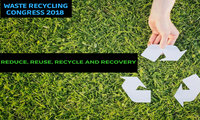
- Natural Gas Recovery
- Renewable Energy and Resources
- Special Waste
- Zero Waste
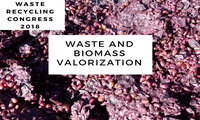
- Non-virgin biomass
- Biomass valorization in phytomedicine
- Harnessing agro-wastes for bioethanol production
- Blended biomass

- Solid biomass fuels
- Sustainable biofuels
- Greenhouse gas emissions
- Biofuel gasoline
- Bioethers

- Microbial Energy Production
- Bio electricity
- Fuel cells
- Affinity Purification
- Bio fertilizers Technology
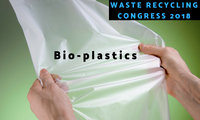
- Proteinâ€based bio-plastics
- Bio-derived polyethylene
- Cellulose-based plastics
- Lipid derived polymers
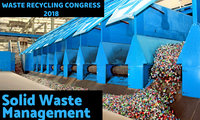
- Plasma arc gasification
- Hazardous-waste management
- Sewerage system
- Emissions trading
- Wastewater treatment
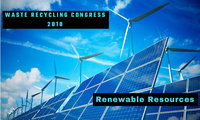
- Bio renewable chemicals
- Natural resource
- Biofuels
- Geothermal energy

- Sludge Treatment
- Activated-sludge method
- Bio-solids
- Sedimentation tank
- Trickling filter
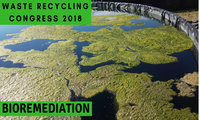
- Bioremediation of radioactive waste
- Biodegradation
- Bio-augmentation
- Bio-stimulation
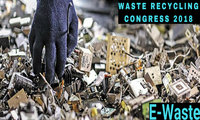
- Plastic pollution
- Toxic waste
- Land pollution
- Motion-picture technology

- biomass fraction
- Gasification
- Bio-oil upgrading
- Thermo-chemical conversion
At Waste Management, we care about the planet. We feel a responsibility to leave it to future generations in better shape than we were given it. Discover some of the imaginative ways that we're turning waste into a resource for a brighter, more sustainable future.
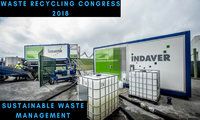
- Hazardous-waste management
- Excretion
- Waste disposal
- Health and Environmental Effects
- Sanitary Landfill

- Environmental indicator
- Natural landscape
- Strategic Environmental Assessment
- Economic and demographic factors
- Conversation of Biodiversity

- Astrophysics
- Celestial mechanics
- Biosatellite
- Broadcasting
- Geodetic
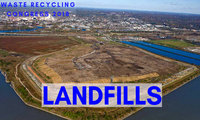
- Plasma arc gasification
- Waste disposal
- Landfill diversion
- Secure landfills
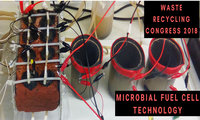
- Electrohydrogenesis
- Microbial electrolysis
- Soil-based
- Carnot Cycle
- Biosensor
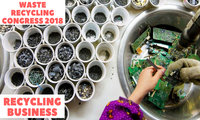
- Sorting
- Chemical recycling
- Appliances Recycling
- Paper Recycling
- Tire and Rubber Recycling
- Plastic Recycling
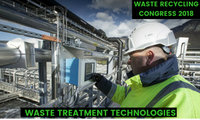
- Ion Exchange
- Advanced Oxidation Processes
- Membrane Filtration
- Gasification
- Mechanical biological treatment
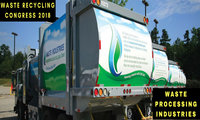
- Hazardous wastes
- Carcinogenic
- E-waste
- Solid Waste Management
Air pollution and climate changes are closely related. The main sources of CO2 emissions the extraction and burning of fossil fuels are not only key drivers of climate change, but also major sources of air pollutants. Furthermore, many air pollutants that are harmful to human health and ecosystems also contribute to climate change by affecting the amount of incoming sunlight that is reflected or absorbed by the atmosphere, with some pollutants warming and others cooling the Earth. These are called short-lived climate-forcing pollutants include methane, black carbon, ground-level ozone, and sulfate aerosols. They have significant impacts on the climate; black carbon and methane in particular are among the top contributors to global warming after CO2.
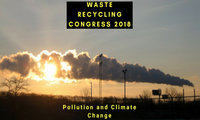
- Environmental justice
- spread of industrialization
- Greenhouse effect
- Global warming
- climatology
